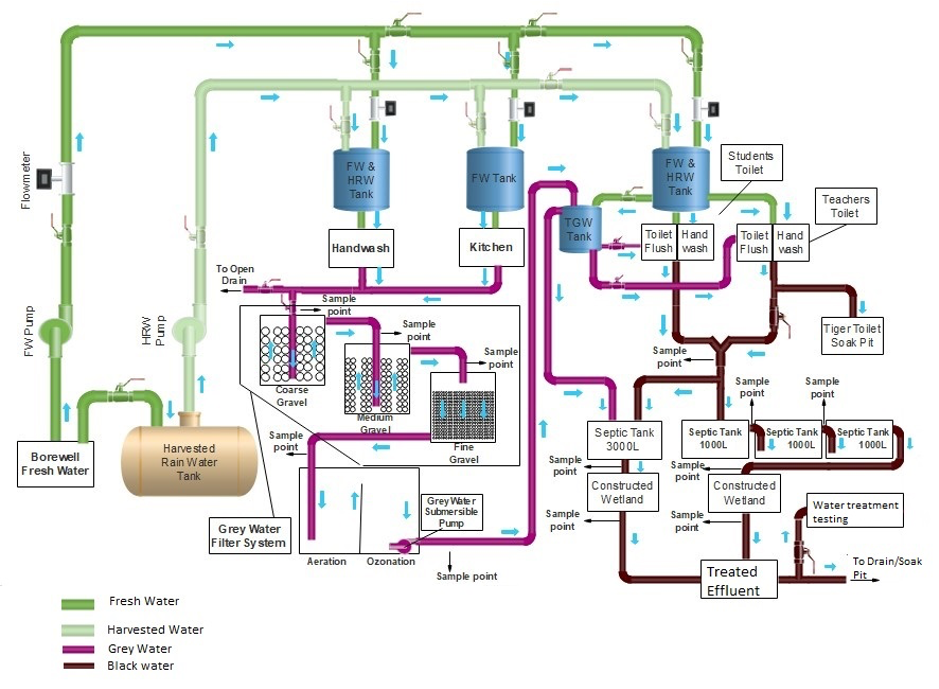
Highlight: Decentralised Wastewater Treatment System

Global Innovation for Sustainable Rural Communities in India:
The James Hutton Institute is leading an interdisciplinary team of researchers based in Scotland and India to deliver a low cost, low energy, decentralised wastewater treatment and recycling system (DWWT). The project is an excellent example of a circular economy whereby social interests and needs are balanced with environmental sustainability through the most efficient use of water resources. In the context of a climate emergency the project is drawing on and developing expertise and experience in energy efficient use and reuse of water resources. This sort of expertise is increasingly valuable, not just for India but increasingly for Scotland and beyond.
Decentralised Wastewater Treatment (DWWT) System

The accomplishments of the DWWT project were widely lauded at launch events in the village of Berambadi and at the official event in Bengaluru, attended by Government officials from Scotland and India. The events facilitated the emergence of a rich network of interested parties who now receive regular correspondence about progress at Berambadi and other relevant Hydro Nation activities.
The research and monitoring activities at Berambadi continued throughout the year and this information was used to optimise the system and plan for the phased handover of maintenance responsibilities to the village community. The team have designed a training programme to teach young people from Berambadi village about the treatment processes and operational requirements of the DWWT as part of the plans to ensure the longer-term legacy of the infrastructure.
In 2019 an James Hutton economist and former Hydro Nation scholar Nazli Koseoglu began work on a framework of life cycle costing informed by four scenarios based on availability of external financial funding, valuation placed on the infrastructure by the community and community’s engagement. By doing this the Hutton can estimate how much of the maintenance and operation costs can be offset if the community is engaged and trained to be as self-sufficient as possible to keep the facilities functional. The results of this exercise can further be beneficial to inform external bids to help the community finance the facility after the community take-over.

